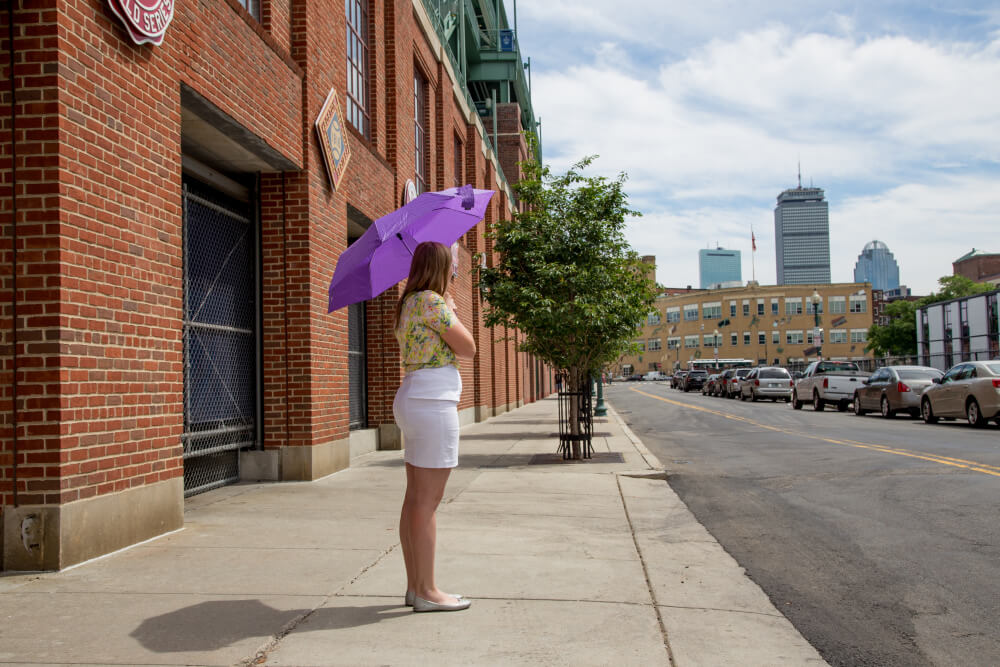Prolonged exposure to ultraviolet (UV) rays in sunlight, along with sunburns, can increase the risk of skin cancer and melanoma. So it’s a good idea to avoid getting too much sun by using sunscreen, wearing sun-protective clothing, and not staying in the sun too long between 10 a.m. and 4 p.m., when UV light is strongest.
Seeking shade can reduce UV exposure, but not entirely. That’s because UVB rays, the segment of ultraviolet light most harmful to skin, can strike indirectly, by bouncing off UV-reflective surfaces such as sand, water, and concrete.
The degree of protection in a shady area varies with the nature of the materials or structures providing the shade, and with the degree of cloud cover. Beach umbrellas, for example, may be less helpful than one might think. Even if the umbrella is made of a high-SPF (sun protection factor) fabric, UV rays can reflect off sand and water at low angles to reach the area under the umbrella.

A 2003 study found that the amount of UV light reaching someone under an umbrella can be up to 84 percent of the level in the full sun. As a general rule, the more open sky one can see from under a shade structure, the higher one’s exposure to indirect UV rays.
Trees, especially those with a broad canopy and dense foliage, are good sources of shade, but, paradoxically, may provide less protection early and late in the day than in the middle of day. A tree provides good coverage from direct, overhead UV rays at midday, but is less effective at shielding the more diffuse rays that arrive in mid-morning or late afternoon.
Weather conditions may have an effect as well. Clouds can cause UV rays to become more scatter and become more diffuse. As a result, a person sitting under a tree during the middle of a sunny day is better protected than a person under the same tree on a cloudy day when indirect rays are more prevalent.
“Seeking shade plus using sunscreen or wearing sun-protective clothing is the best practice to limit cancer-inducing sun damage,” says Cecilia Larocca, MD, a dermatologist and skin cancer specialist at Dana-Farber Cancer Institute.
